Search Images
Browse Content (p. 620)
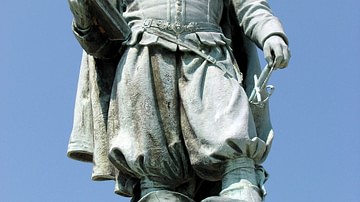
Image
Statue of Captain John Smith
Statue of Captain John Smith (l. 1580-1631 CE), English explorer, soldier, author, and early governor of the Jamestown Colony of Virginia between 1607-1609 CE, in Historic Jamestowne, Jamestown, Virginia.
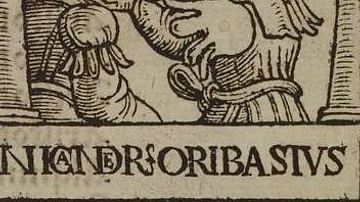
Image
Oribasius
Oribasius (c. 320-400/403 CE). Close-up of the title page of Spiegel der Artzney by Lorenz Fries, with 24 portraits of physicians, Strasbourg: Balthasar Beck, 1532 CE.
British Museum, London.
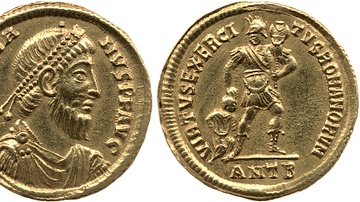
Image
Gold Coin of Julian the Apostate
Gold coin of Roman emperor Julian the Apostate (r. 361-363 CE), minted in Antiochia ad Orontem.
British Museum, London.
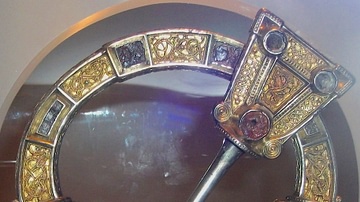
Image
The Hunterston Brooch
The Hunterston Brooch, a Celtic penannular brooch discovered in Ayrshire, Scotland c. 1830 CE. It was made c. 700 CE and is 12 centimetres (4.75 in) in diameter. The brooch is made of cast silver with gold, silver and amber additions. (National...
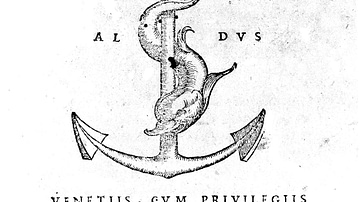
Image
Oribasius' Synopsis for Eustathius
Synopsis for Eustathius by Oribasius (c. 320-400/403 CE), printed in Venice 1554 CE.
Wellcome Collection, London.
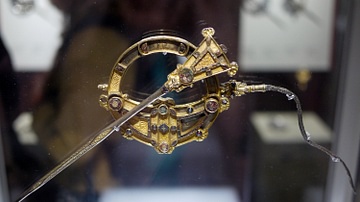
Image
The Tara Brooch
The Tara Brooch is a Celtic penannular brooch discovered not at Tara but on a beach near Bettystown in County Meath, Ireland. Made in the 8th century CE from gilded silver with glass, amber and enamel inlay. 8.9 centimetres (3.5 in) in diameter...
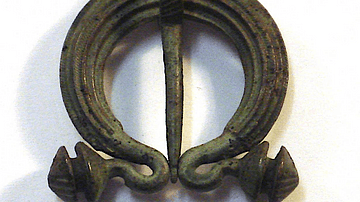
Image
Celtic Penannular Brooch
A Celtic penannular brooch from Burgos, Spain. Made prior to the 1st century CE (Iron Age). Made of a copper alloy. Diameter: 5 cm. (British Museum, London)
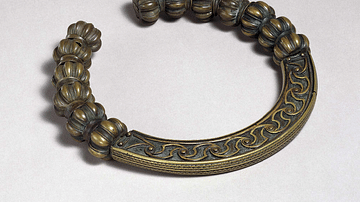
Image
Lochar Moss Torc
The Celtic Lochar Moss torc from Dumfries and Galloway, Scotland. Copper alloy, 1st-2nd century CE. Diameter: 16.5 cm. (British Museum, London)

Image
Temptation of Jesus
The Devil tries to tempt Jesus; detail from a stained window, c. 1170-80 CE.
Victoria & Albert Museum, London.
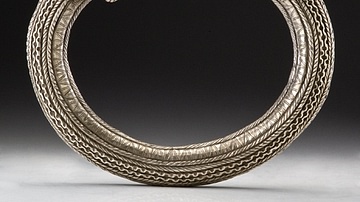
Image
The Trichtingen Torc
The Trichtingen torc, discovered near the town of that name in Germany. Perhaps dating to the 2nd century BCE, it is made of silver-plated iron. It measures 29.5 cm (11.5 in) in diameter and weighs 6.7 kilos (14.8 lbs). Landesmuseum Württemberg...